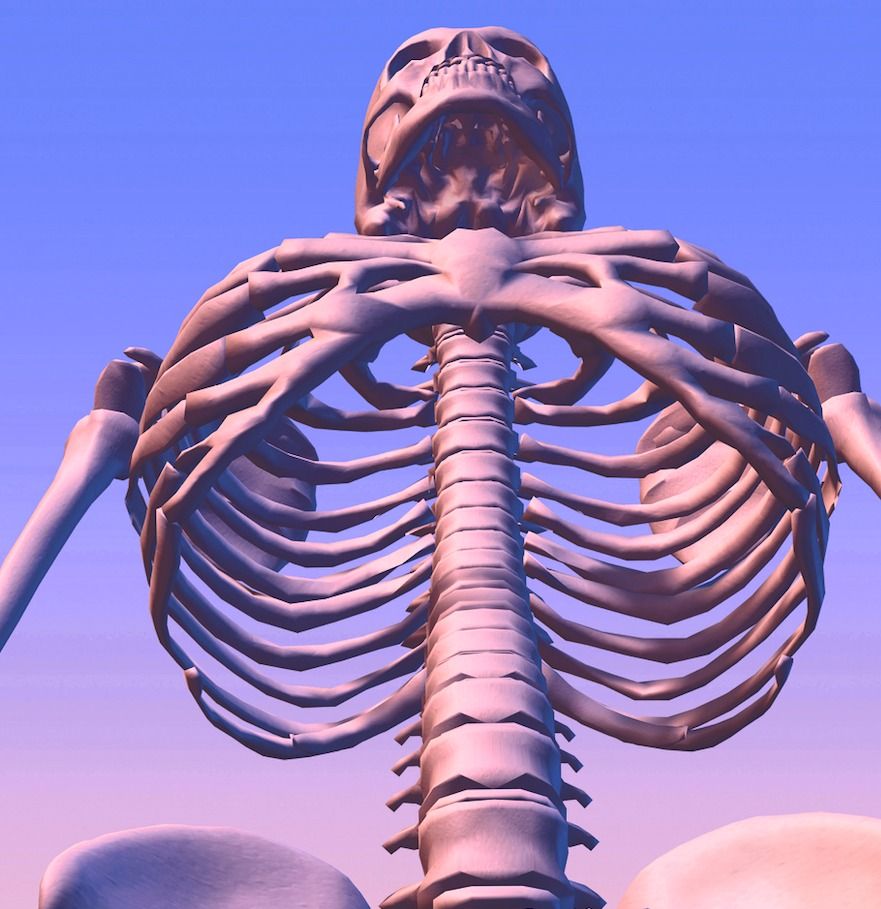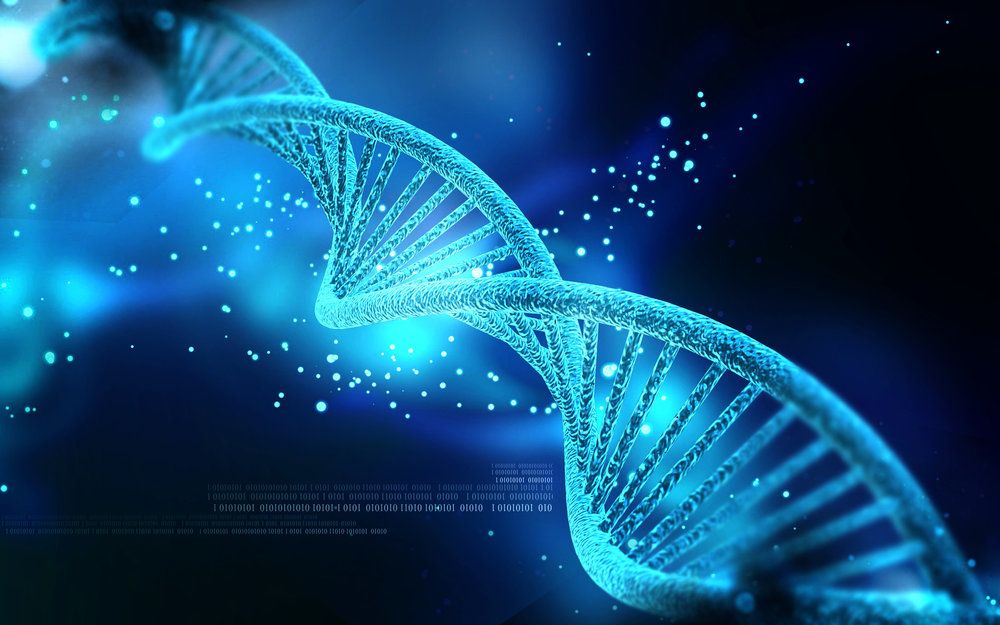But not all parents may want to know the results.


It’s a tight race between the U.S. and China for who will build the next supercomputer, set to be as powerful as the human brain.


There are 6,000 tweets sent a second. In the time you have read this sentence, 42,000 tweets will have been sent. At an average of 34 characters per tweet that’s 1,428,000 characters.
A new study suggests that printing drugs on a QR code that patients can scan with their phones could pave the way for personalized medicine.
As a group, simple creatures following simple rules can display a surprising amount of complexity, efficiency, and even creativity. Known as swarm intelligence, this trait is found throughout nature, but researchers have recently begun using it to transform various fields such as robotics, data mining, medicine, and blockchains.
Ants, for example, can only perform a limited range of functions, but an ant colony can build bridges, create superhighways of food and information, wage war, and enslave other ant species—all of which are beyond the comprehension of any single ant. Likewise, schools of fish, flocks of birds, beehives, and other species exhibit behavior indicative of planning by a higher intelligence that doesn’t actually exist.
It happens by a process called stigmergy. Simply put, a small change by a group member causes other members to behave differently, leading to a new pattern of behavior.



Damaged or chipped teeth can be reconstructed.